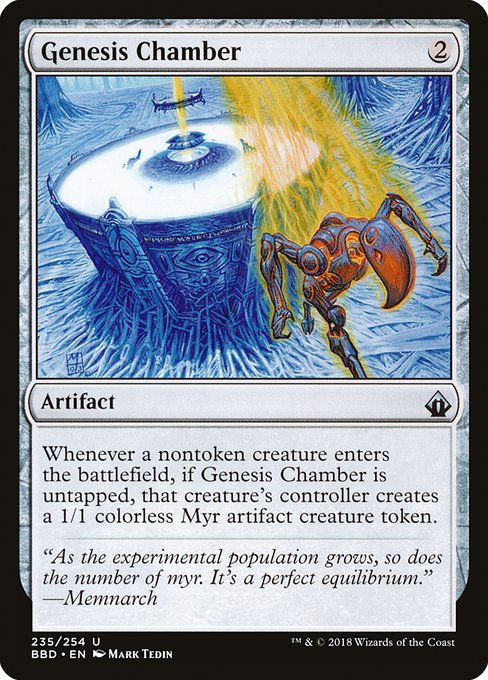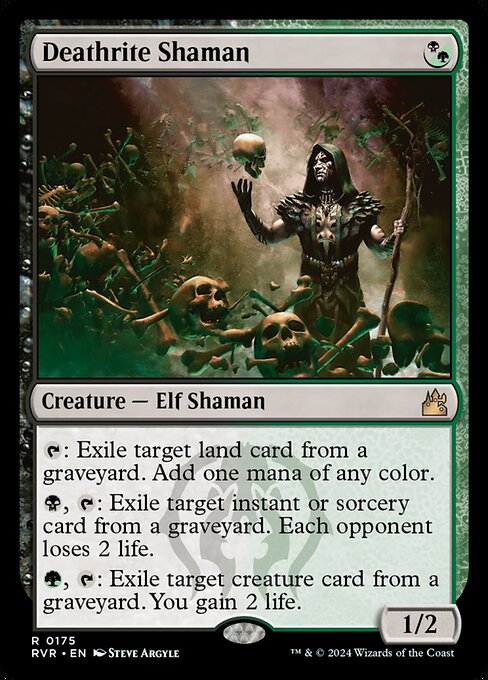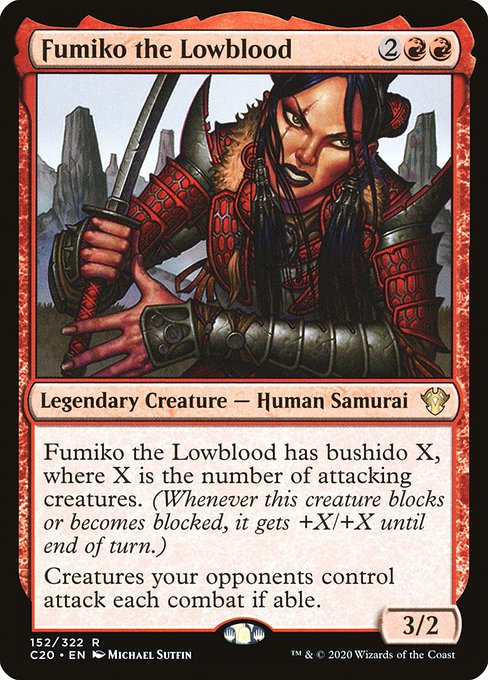Deck & Commander Strategies

Vanille, Cheerful l'Cie
A Golgari graveyard recursion deck focused on milling cards and returning key permanents to hand to maintain value and enable a powerful meld creature as a late-game win condition.

Zidane, Tantalus Thief
A theft and treasure generation deck that steals opponents' permanents through combat damage triggers and uses treasures for ramp, aiming to outvalue opponents by casting their spells and accumulating resources.

Sephiroth, Fabled SOLDIER // Sephiroth, One-Winged Angel
A mono-black sacrifice and edict deck that flips Sephiroth to gain a powerful emblem, utilizing creature sacrifices and edict effects to control the board while drawing cards and draining life.

Clive, Ifrit's Dominant // Ifrit, Warden of Inferno
A token swarm deck leveraging synergy with surf tokens generated by creatures like Sangar Autocrat and supported by artifacts like Genesis Chamber to create incremental board advantage and pressure.
Gameplay Insights
- 1
Sephiroth’s use of Genesis Chamber to produce tokens on creature entry amplified his sacrifice and card draw engine, enhancing board presence and resilience.
- 2
Zidane’s commander ability to temporarily steal opponents’ permanents and generate treasures created strong tempo swings and resource advantage.
- 3
Vanille’s milling combined with permanent recursion allowed recovery from board wipes and sustained pressure through value plays.
- 4
Clive’s synergy with surf tokens and the autocrat’s token creation forced opponents to carefully consider blocking to avoid benefiting the token generator.
- 5
Power Balance was strategically deployed to level the playing field, impacting players equally and increasing tension in the multiplayer environment.
Notable Cards
-

Genesis Chamber
-

Deathrite Shaman
-

Crystal Fragments // Summon: Alexander
-

Fumiko the Lowblood
Gameplay Summary
The game featured four distinct Final Fantasy-themed Commander decks competing in a dynamic multiplayer setting.
Early turns focused on ramping mana and setting up board presence, with players deploying key mana accelerators like Soul Ring and signets.
Sephiroth’s deck utilized mono-black edict effects and sacrificed creatures to control the board while generating value through his one-winged angel emblem.
Vanille’s Golgari deck aimed to mill cards and recur permanents, building incremental advantage and aiming to meld powerful creatures.
Zidane’s deck emphasized stealing opponents’ permanents and generating treasure tokens, leveraging combat damage triggers and card advantage.
Clive’s deck created token swarms and used synergy with the surf tokens and autocrat to maintain pressure and board control.
Genesis Chamber was a notable artifact that bolstered token production for the board-wide swarm strategies. Key turning points included Sephiroth’s efficient use of sacrifice and card draw from Genesis Chamber, and Zidane’s theft and treasure token generation escalating his board state.
Vanille’s ability to mill and recur important permanents kept her resilient, while Clive’s token production and synergy with surf tokens provided a solid defense and offensive threat.
The game’s tempo swung with combat phases exploiting Vanille’s recursion and Zidane’s theft triggers, while board state maintenance through removal and token generation was crucial.
The ongoing interplay between these mechanics suggested a win condition revolving around attrition, incremental advantage, and overwhelming opponents with either massive creatures or token swarms supported by treasure ramp and value engines.























![Descend into Damage💥 | Herumkommandiert #14 | EDH Commander [Deutsch] thumbnail](https://i.ytimg.com/vi/l8nlvGQG1Xs/sddefault.jpg)
















